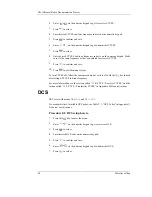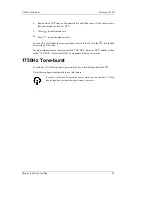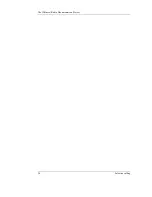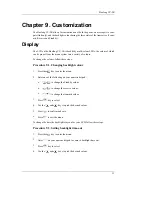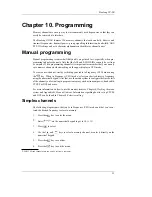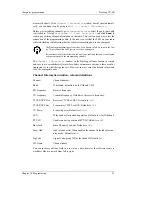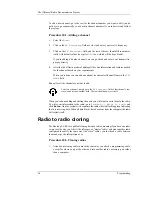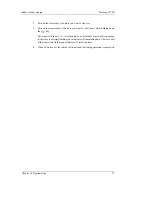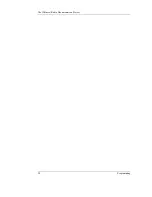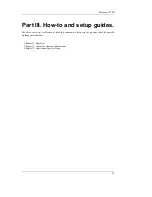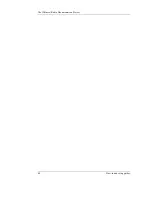
Baofeng UV-5R
41
Chapter 11. Repeaters
A radio repeater is an automated transceiver in a fixed location. Usually mounted high up
on hill tops or on tall buildings, but sometimes they operate within buildings for internal
use. A repeater takes one signal and relays it, usually after amplifying it by orders of
magnitude. This can be very handy, as this enables you to use a small low powered hand-
held two-way transceiver such as the Baofeng UV-5R to reach great distances.
Whether you're a commercial (business or government) user or an amateur radio opera-
tor, chances are you'll be dealing with a repeater system sooner or later. To find out what
settings to use to use your local repeater, ask your employer or someone at your local
IARU member organization for details.
A common type of repeater, is the duplex repeater. In a duplex repeater system, the
repeater transmits and receives simultaneously, but on different frequencies. To utilize
this type of repeater, your radio have to be capable of transmitting and receiving on
different frequencies on the same memory channel. How you use this kind of repeater is
by setting the receive frequency of your radio to the output frequency of the repeater, and
the transmit frequency of your radio to the input frequency of the repeater. Often times,
the transmit frequency to use isn't explicitly stated, but rather an offset relative your
receive frequency is specified. This is conveniently enough also how the Baofeng UV-5R
natively handles repeater setup, by specifying offset rather than transmit frequency.
The following instructions assume that you know what transmit and receive frequencies
your repeater employs, and that you're authorized to use it.
Procedure 11.1. Repeater setup
1.
Set the radio to Frequency (VFO) mode with the
key.
2.
Enter the repeaters output (your receiving) frequency by either using the
and
keys, or by entering it directly on the numerical keypad.
3.
Press the
key to enter the menu.
4.
Enter
on the numeric keypad to get to frequency offset.
5.
Press
key to select.
6.
Use the
and
keys and the numerical keypad to enter the specified frequen-
cy offset. See the section called “26 OFFSET - Frequency shift amount” for details.
7.
Press
to confirm and save.
8.
Enter
on the numeric keypad to get to offset direction.
Содержание UV-5R Series
Страница 1: ...Baofeng UV 5R The Chinese Radio Documentation Project http radiodoc github com Lennart Lidberg...
Страница 6: ...The Chinese Radio Documentation Project vi Baofeng UV 5R...
Страница 8: ...The Chinese Radio Documentation Project viii Preface...
Страница 10: ...The Chinese Radio Documentation Project 2 Getting started...
Страница 24: ...The Chinese Radio Documentation Project 16 Basic Use...
Страница 26: ...The Chinese Radio Documentation Project 18 Advanced topics...
Страница 34: ...The Chinese Radio Documentation Project 26 DTMF...
Страница 38: ...The Chinese Radio Documentation Project 30 Selective calling...
Страница 46: ...The Chinese Radio Documentation Project 38 Programming...
Страница 48: ...The Chinese Radio Documentation Project 40 How to and setup guides...
Страница 56: ...The Chinese Radio Documentation Project 48 Troubleshooting...
Страница 68: ...The Chinese Radio Documentation Project 60 Menu definitions...
Страница 74: ...The Chinese Radio Documentation Project 66 Colophon...


